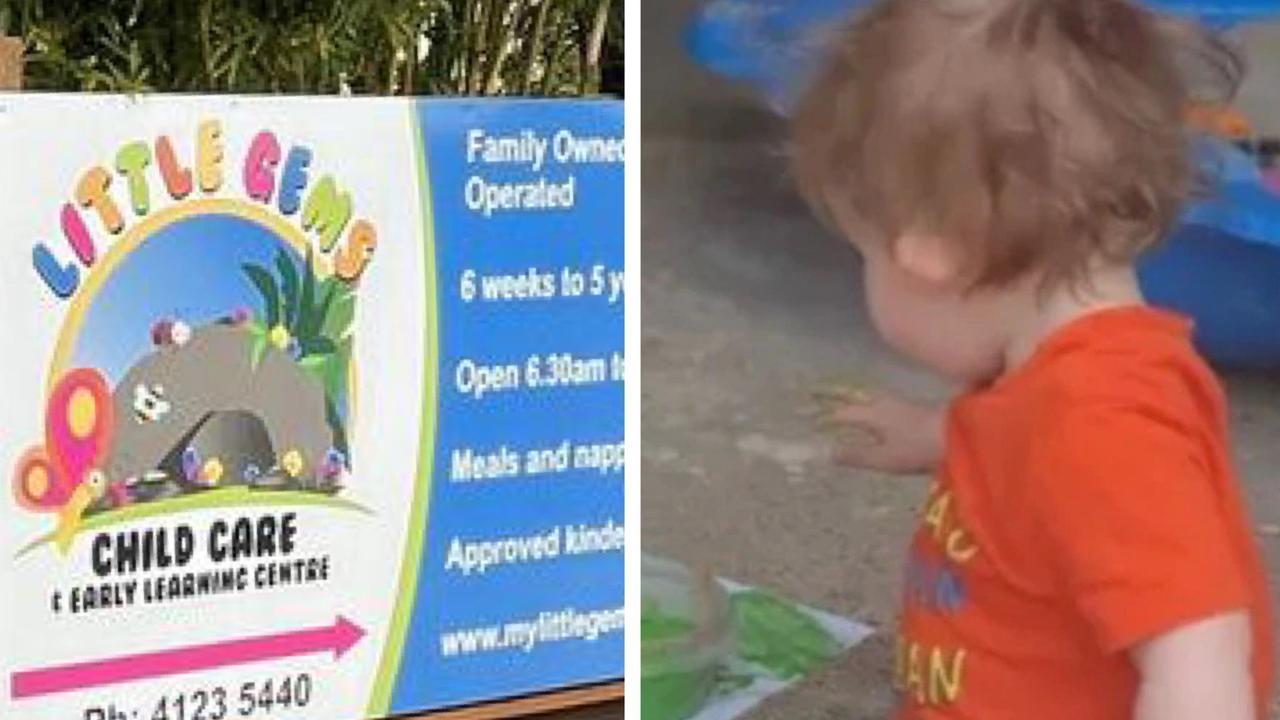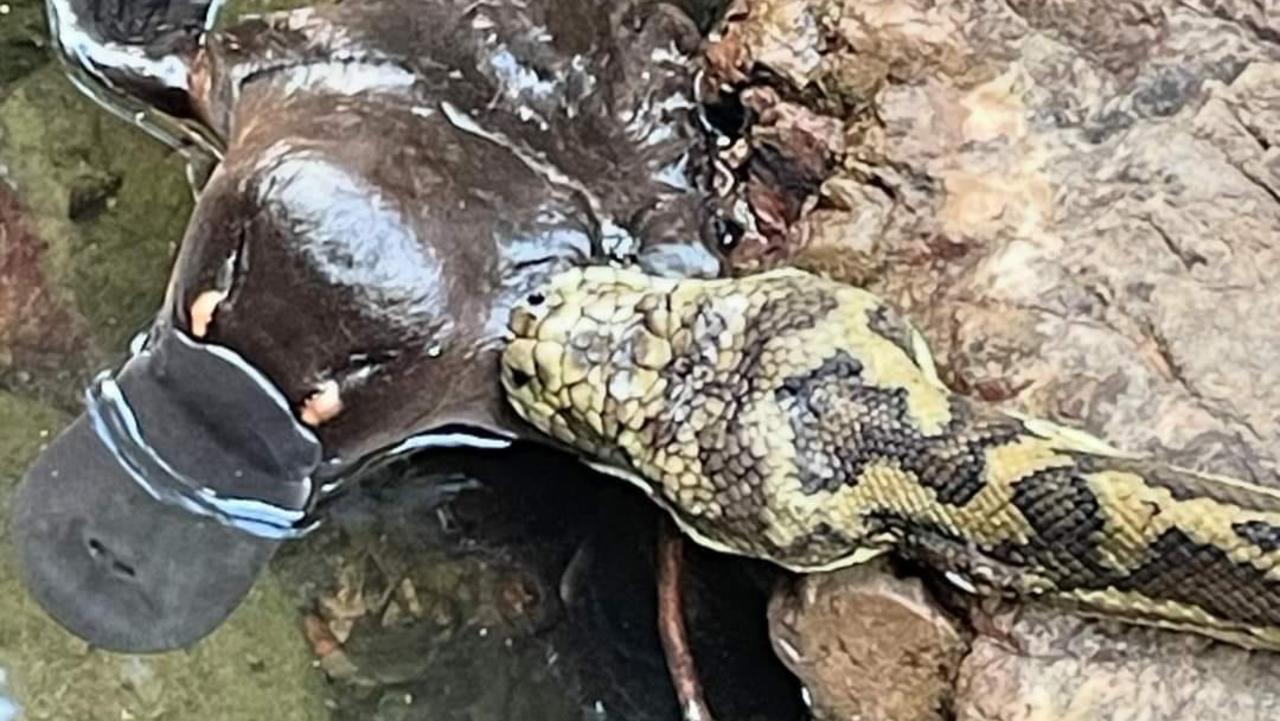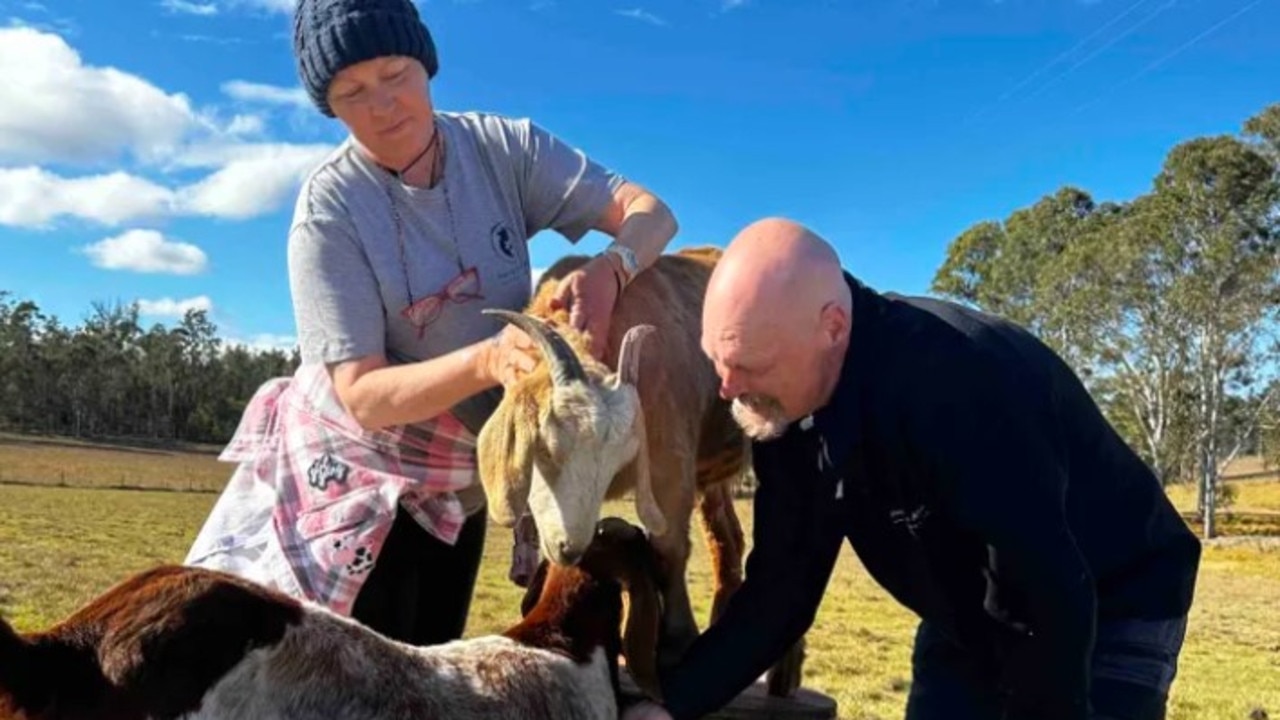GREEN THUMB: Feed you, me and the bees
The many different reasons to grow flowers, other than for their beauty.

Fraser Coast
Don't miss out on the headlines from Fraser Coast. Followed categories will be added to My News.
NOT everyone grows flowers just for their beauty.
Many people grow specific flowers for different reasons.
My father always grew marigolds around his garden to repel pests.
Bee keepers grow flowers for different flavours in the honey, or set their hives in areas where there are a lot of flowering native trees or wild flowers.
I grow snakevine for the endangered blue banded bee. Although it is classed as a weed, it has pretty purple blooms most of the year.
I gave a cutting to a lady who admired it. It was doing great in her front garden, but suddenly it disappeared.
She told me she'd pulled it out because she'd discovered it was a weed. Unfortunately bees don't read the rules.
You can dry petals to make pot-pourri. Roses are specially good for this.
A friend dries red hibiscus and grinds them to a fine powder which she rubs through her hair. She has beautiful, glossy, shiny hair and it smells nice too.

Pressed flowers can be used in lots of craft work like making personal greeting cards.
Nasturtium flowers are edible and can be used to pretty up a meal. The seeds are peppery and can be used in cooking too.
Grevillea, citrus, ficus and other natives will attract birds while mockorange, gardenias, roses and frangipani are mostly grown for their perfume.
Lavender also smells beautiful and can be dried and used in drawers to repel moths.
We are starting to plant for spring.
It's time to think about what we want from our gardens and to plant what brings us joy.
Originally published as GREEN THUMB: Feed you, me and the bees






